Introduction: The Importance of Amateur Radio in Emergencies
Amateur radio, or ham radio, has long been a reliable method for emergency communication, especially when traditional communication channels are unavailable. Unlike cellular networks and the internet, which rely on extensive infrastructure, ham radios can operate independently, powered by generators or batteries, and don’t need existing networks to function. This independence makes them a critical tool during emergencies such as natural disasters, when infrastructure often fails. In these moments, ham radio operators become lifelines, connecting individuals with emergency services and their loved ones.
FCC Rules for Non-Licensed Use in Emergencies
According to the FCC’s Part 97 regulations, non-licensed individuals are permitted to use amateur radio frequencies if no other means of communication is available, and they face an immediate risk to life or property. This rule allows anyone in a life-threatening situation, such as a car accident in a remote area or being trapped during a natural disaster, to legally transmit on amateur radio frequencies to seek help (Federal Communications Commission).
The emergency-use provision is crucial in situations where cell towers are out of service or unavailable. Part 97 of the FCC’s rules on amateur radio specifically allows these transmissions to ensure that help can be requested when it is most needed, regardless of licensing status. However, it’s important to note that this rule is limited to genuine emergencies only; unauthorized use outside these situations is still prohibited by the FCC and can result in penalties (Ham Radio Prep).
What Constitutes an Emergency?
The FCC defines an emergency as a situation where a person’s life or property is in immediate danger. This broad definition encompasses many types of scenarios, including but not limited to:
- Natural Disasters: Earthquakes, hurricanes, floods, and wildfires can cut off access to traditional communication methods, making ham radio an essential tool.
- Medical Emergencies: For example, a person experiencing a severe medical condition in a remote location can use a ham radio to call for help.
- Accidents in Isolated Areas: People who hike, boat, or drive in rural or wilderness areas can sometimes find themselves without cell service, especially in emergencies.
If any of these scenarios apply and no other method of communication is accessible, the individual can legally use a ham radio to reach out for assistance.
Examples of Non-Licensed Use in Real Emergencies
There have been numerous documented cases where non-licensed individuals have successfully used ham radios to call for help in emergencies:
- Lost Hikers: In some instances, hikers have gotten lost and found themselves without cell service but were able to use a ham radio to communicate with local rescue teams.
- Disasters: During Hurricane Maria in 2017, amateur radio operators across Puerto Rico and the mainland United States facilitated communication when almost all other infrastructure was down. In cases where individuals needed emergency assistance, those with access to ham radios could reach out even if they didn’t have licenses.
These instances highlight how amateur radio, with its flexibility and independence from commercial networks, is often the only means of communication when disaster strikes (ARRL).
Reports of Harassment by Licensed Operators
Unfortunately, not all encounters between non-licensed emergency users and licensed ham operators go smoothly. There have been reports of licensed operators harassing individuals using ham radios for emergency calls, insisting that they are not allowed to use the frequencies without a license. In some cases, these interactions have deterred people from seeking help or created confusion about their right to transmit during emergencies.
Instances of such harassment often involve misunderstandings. While licensed operators are generally expected to help facilitate emergency communication, there are cases where operators question the authenticity of the emergency or are unaware of the specific regulations allowing non-licensed users during emergencies. This response has led to frustration and, in some cases, has delayed emergency responses.
The Need for Awareness and Cooperation
The amateur radio community is generally supportive and dedicated to helping others, especially in emergencies. However, these incidents show that there is a need for more awareness among licensed operators about the FCC’s emergency-use provisions. By understanding that non-licensed individuals are legally allowed to transmit during emergencies, licensed operators can better assist them instead of questioning or deterring their calls for help.
Both non-licensed users and licensed operators benefit from familiarizing themselves with the FCC rules. For non-licensed users, understanding their rights during emergencies can give them confidence to reach out for help if they ever find themselves in need. For licensed operators, knowing that non-licensed transmissions are allowed in emergencies encourages a supportive response.
Conclusion: Embracing Ham Radio for Emergency Communication
Ham radio remains a powerful tool for emergency situations. The FCC’s rules under Part 97 are designed to prioritize safety and ensure that anyone can call for help when it truly matters. By respecting and upholding these provisions, the amateur radio community can continue to support emergency efforts effectively.
For those interested, you can read more about the FCC’s rules for amateur radio in emergencies on the ARRL’s Part 97 guide(ARRL). By spreading awareness and fostering cooperation among both licensed and unlicensed users, amateur radio can remain a valuable asset in times of crisis.


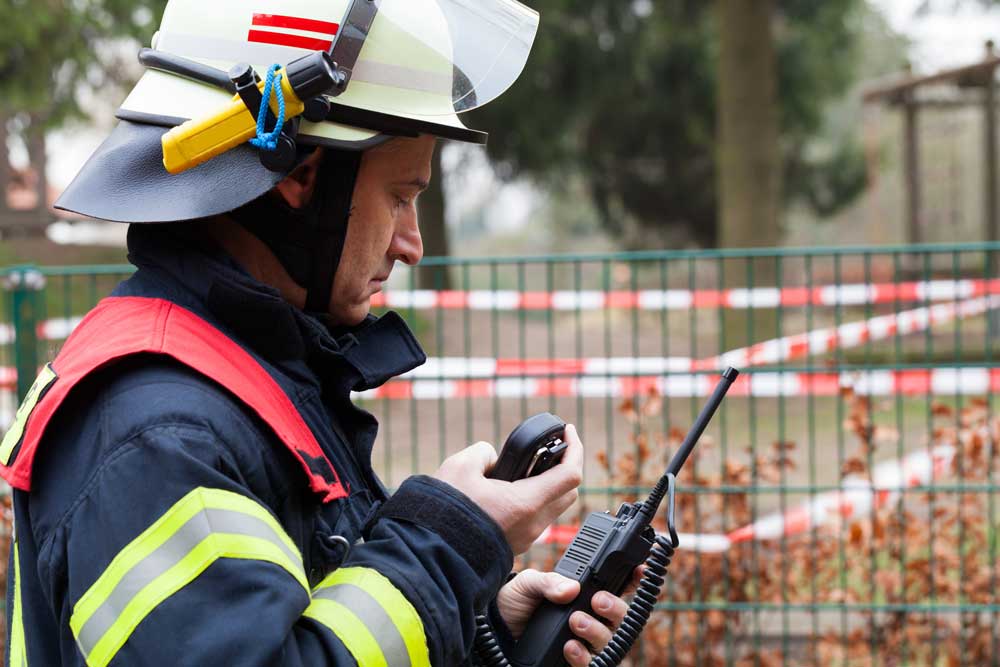
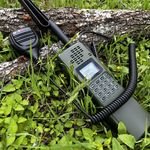
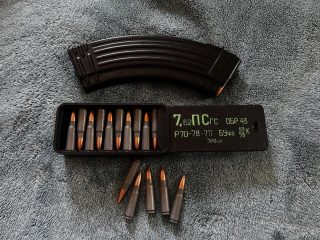
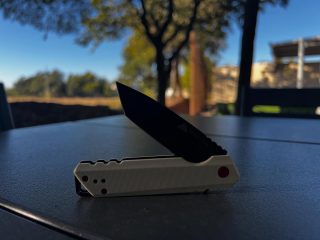
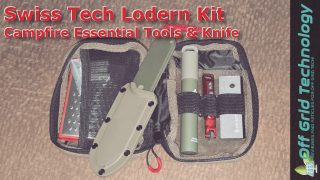
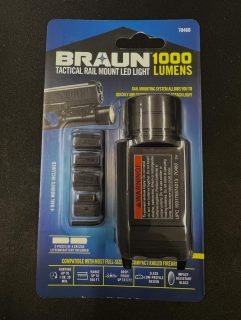
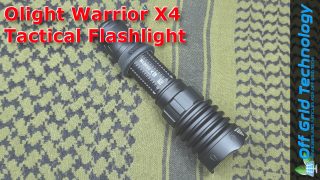
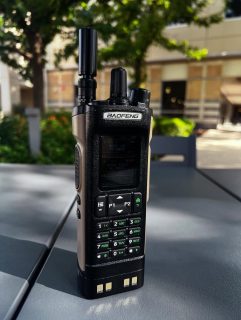


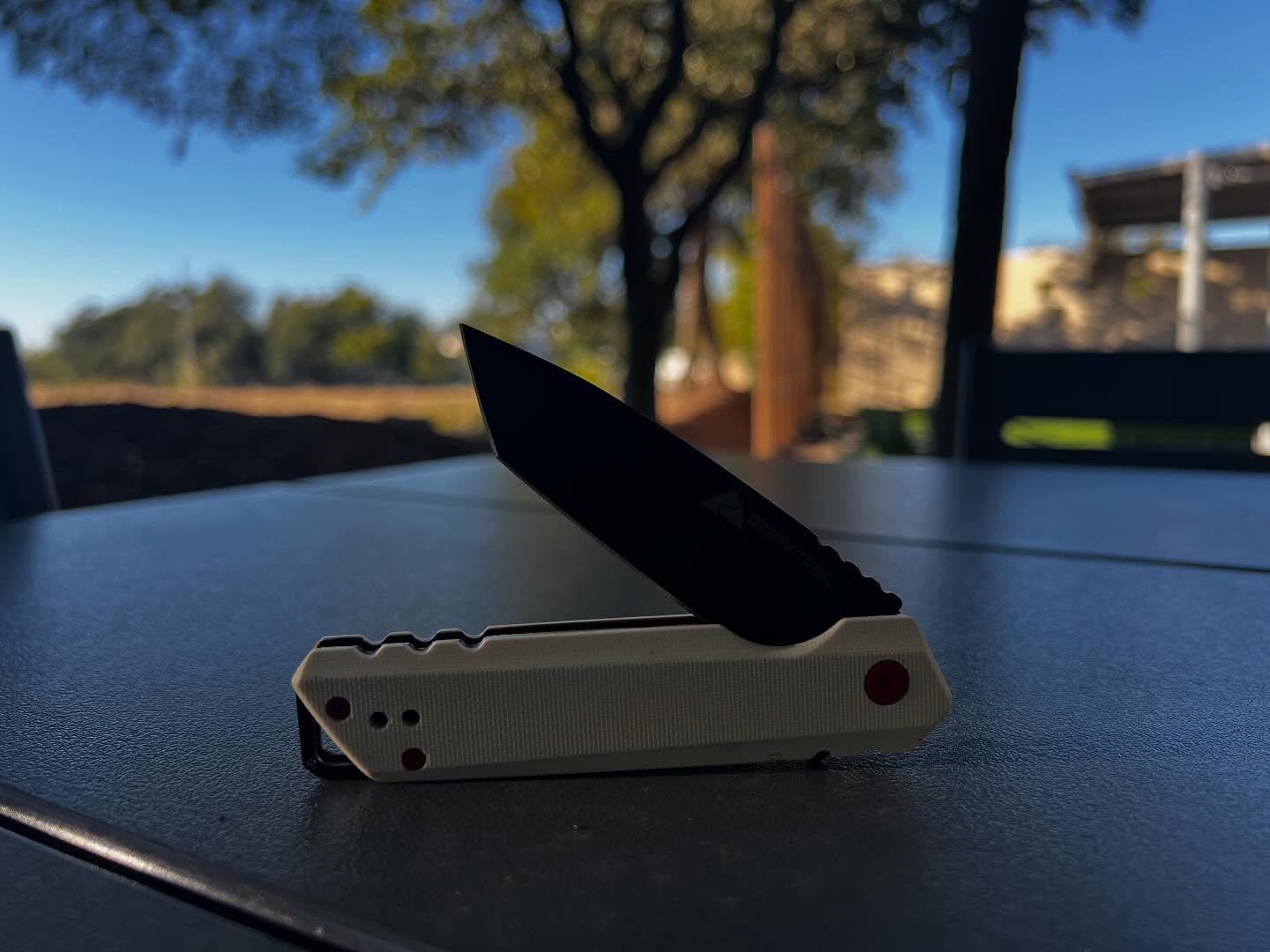
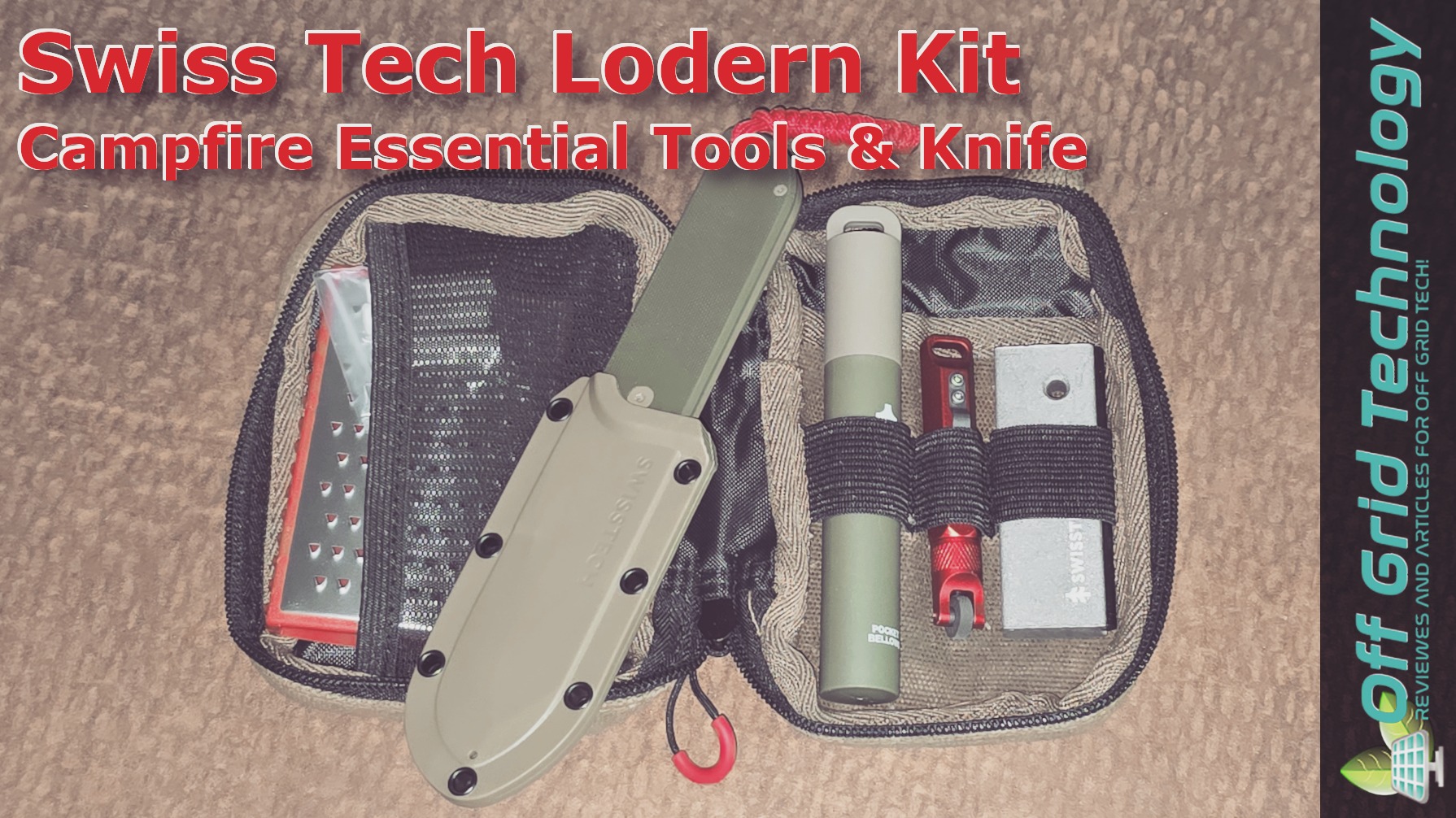
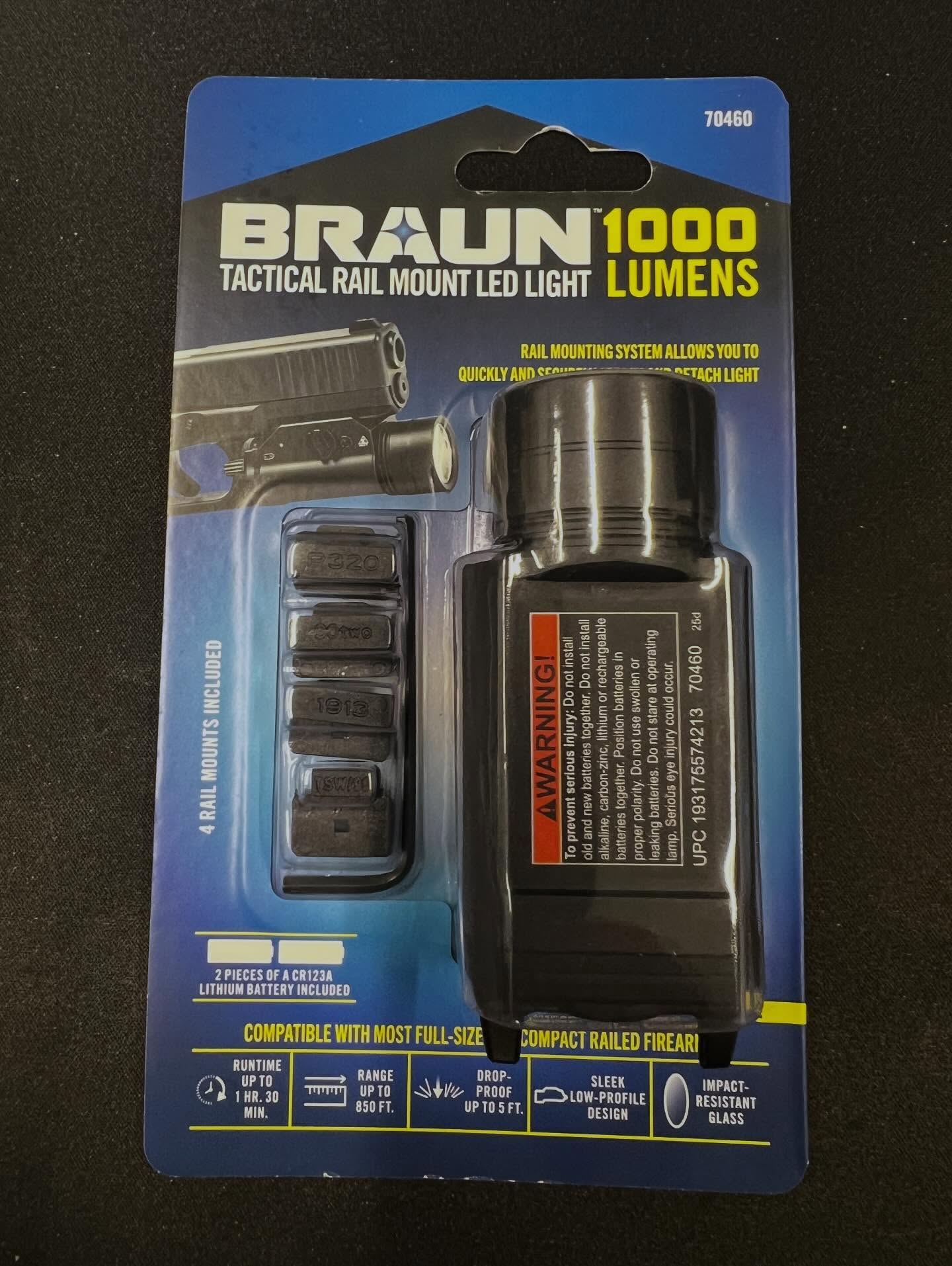
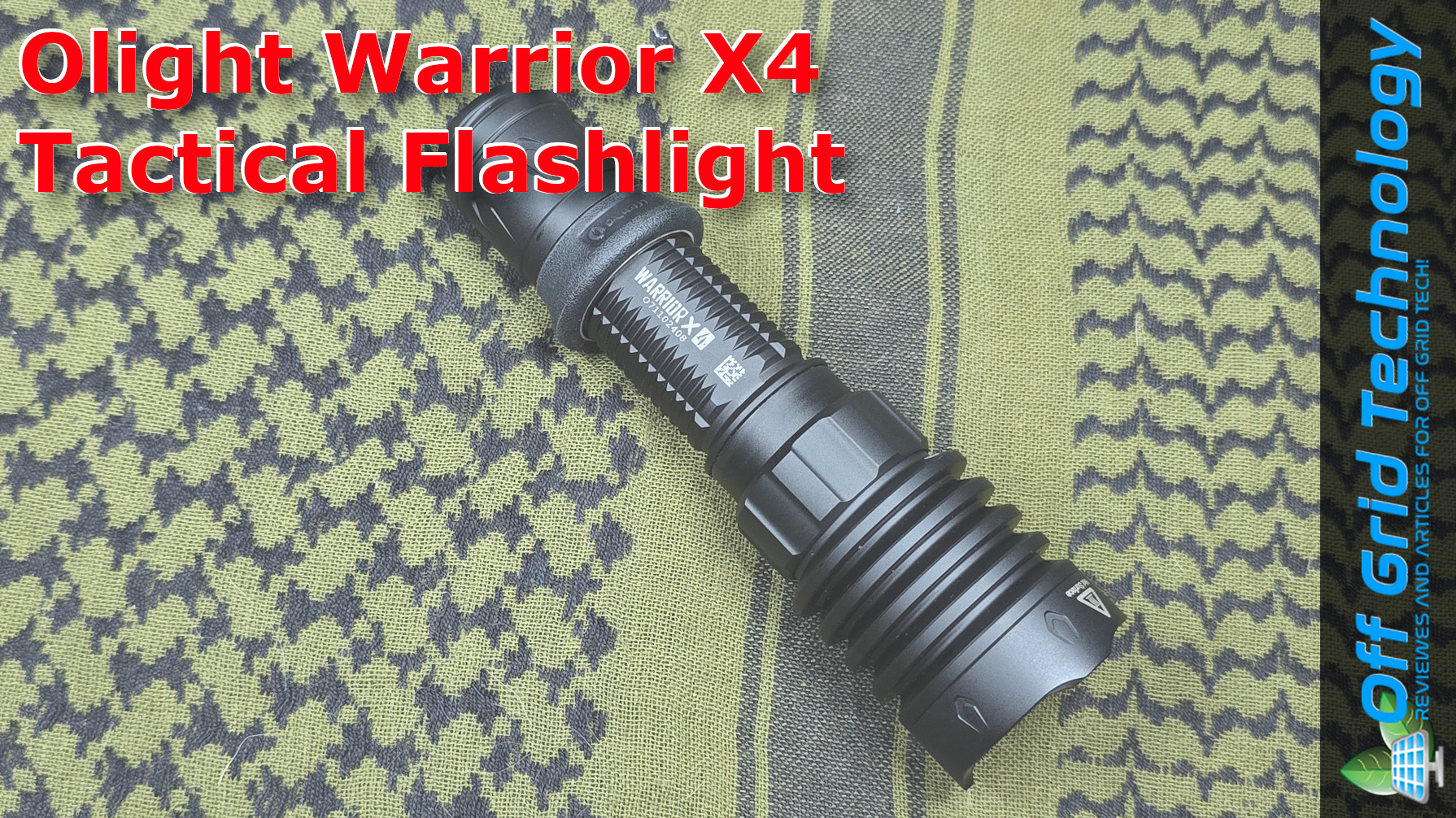
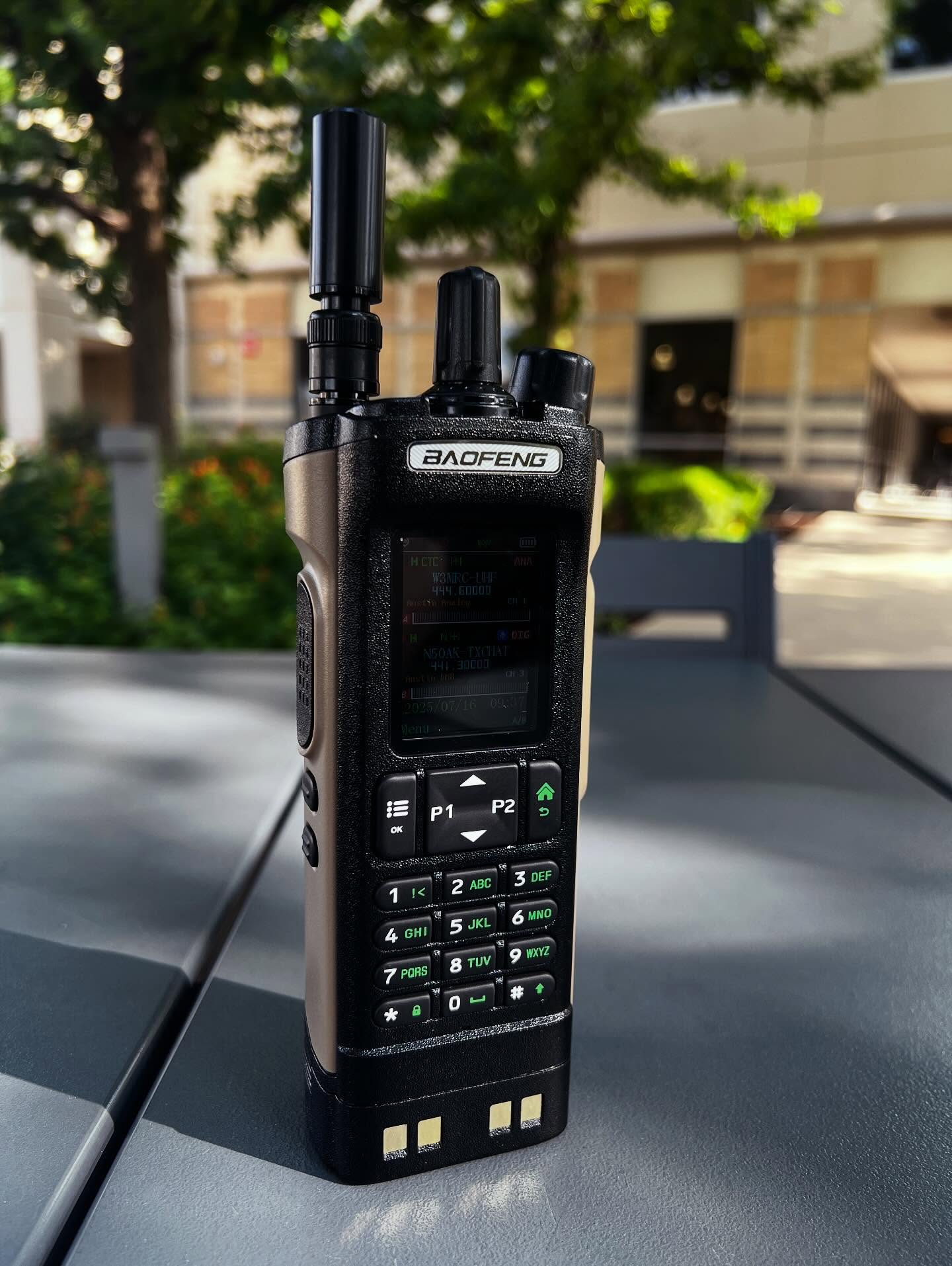

Leave a Reply